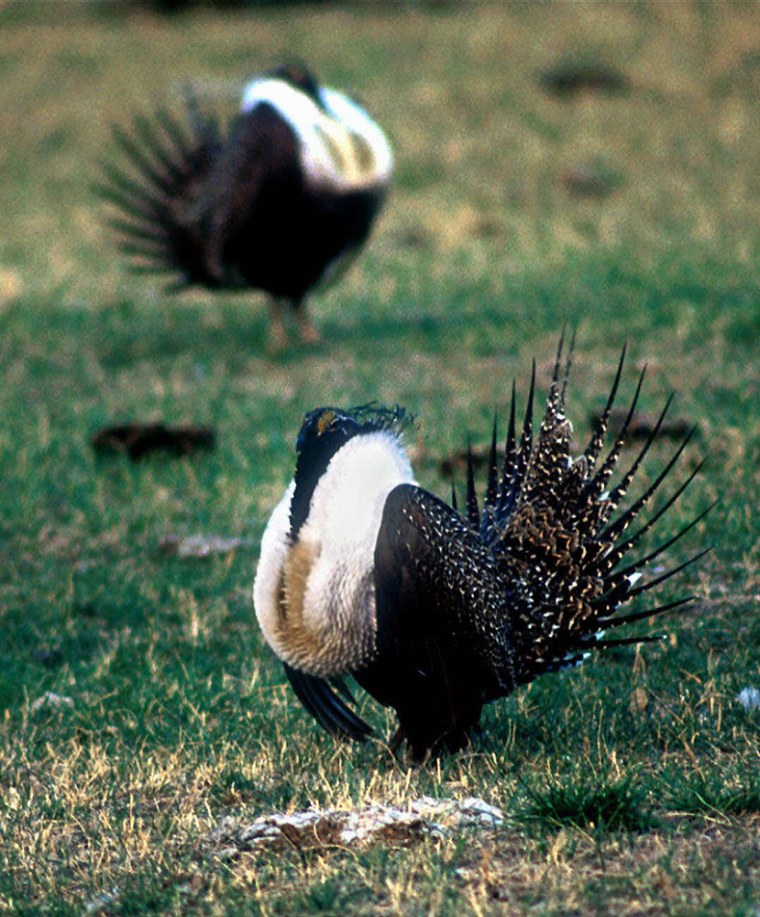Idaho Department of Fish and Game biologists expect to find valuable clues to explain the gradual disappearance of sage grouse in the West by sorting through thousands of the birds' wings.
In a stuffy garage on the grounds of a remote steelhead hatchery, 18 bird experts from as far as Salmon and Pocatello began examining the wings on Wednesday.
Hunters in the September season were asked to clip one wing for Fish and Game research and deposit it in one of several barrels at popular fowl hunting locations across the state. It's not mandatory, but most hunters comply. Other wings were gathered at check stations in the field.
The biologists can determine the sage grouse's sex, age and whether the bird has reproduced by examining the length and color of the wings.
"The most important thing we learn is how many chicks survive the winter," Tom Hemker, a wildlife program coordinator with Fish and Game, told the Times-News in Twin Falls. "What we're really doing is getting a good index for how the population is."
Populations of sage grouse have been dwindling throughout Idaho.
The so-called "Wing Bee" gathering happens each year, giving biologists information on the long-term health of the birds.
As the bird experts opened more than 24 burlap sacks stuffed with the wings in the unheated garage, they snacked on doughnuts and kept a warm canister of coffee on the burner.
In the cold air, dozens of feathers floated by the biologists with rulers and clipboards.
"You usually have feathers in your ears for a few weeks after this," said David Musil of the Jerome field office.
